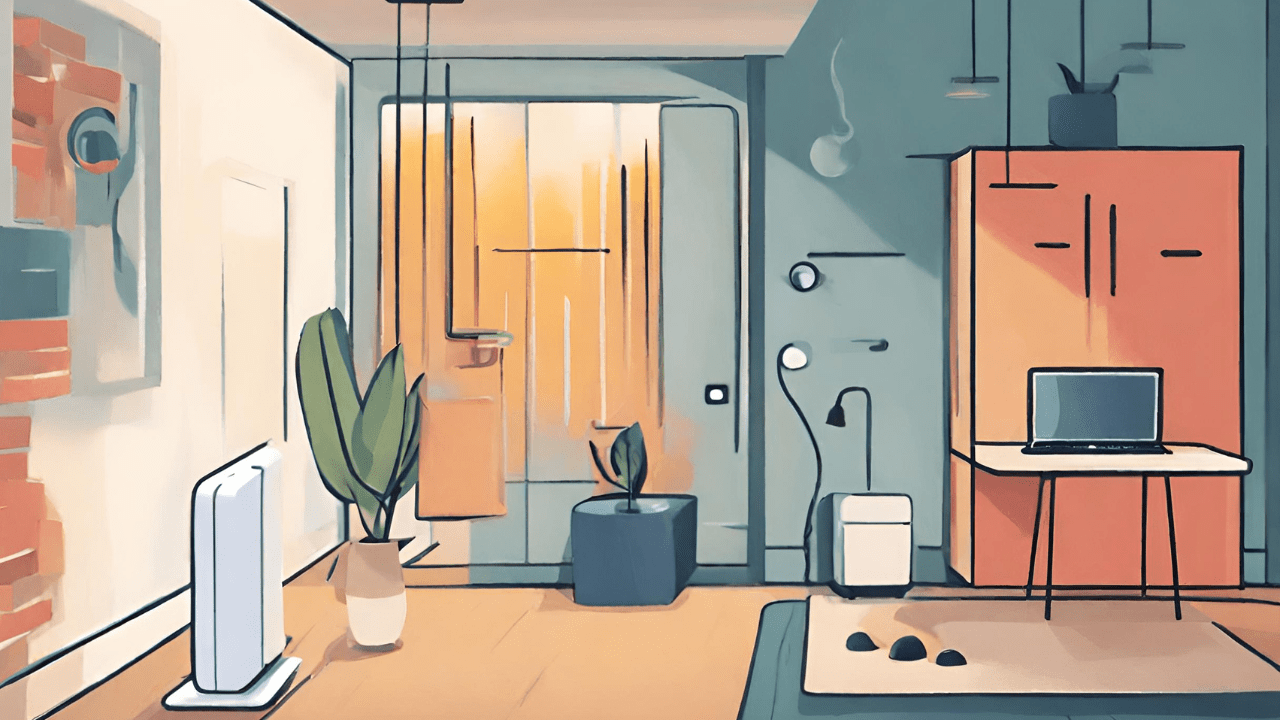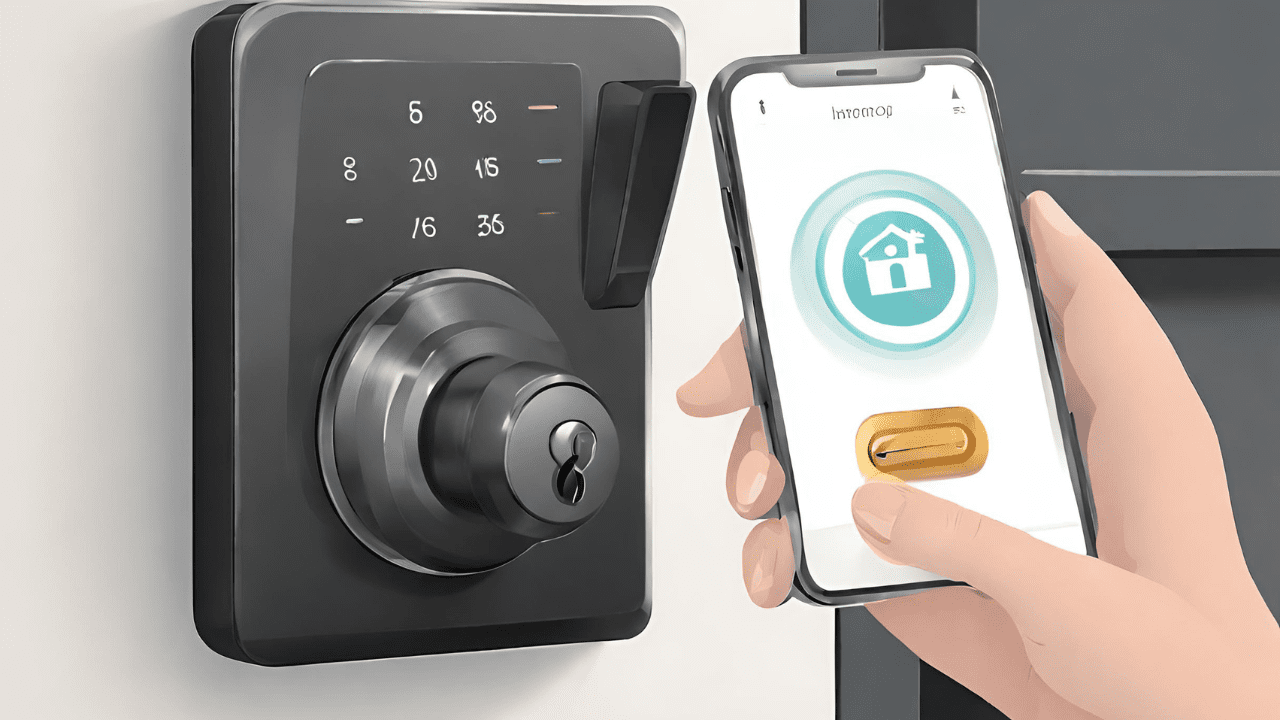Can a Smart Home Function with No Internet?
One of the key elements of the growth of the smart home is the presence of wireless networking. Almost every home has some form of Wi-Fi router installed, and this makes it easier to manage and run smart tech and Internet of Things devices. But does your smart home need a permanent internet connection? Can your smart home function reliably without the internet?

Please note: This page may contain affiliate links. Read our ethics policy
One of the key elements of the growth of the smart home is the presence of wireless networking. Almost every home has some form of Wi-Fi router installed, and this makes it easier to manage and run smart tech and Internet of Things devices.
Robot cleaners, for example, are becoming increasingly popular, as are smart bulbs, motorized curtains and blinds, and of course smart speakers linked to popular digital assistants.
Your smart home invariably needs Wi-Fi. It may need Ethernet, it might benefit from Bluetooth, and if you use Matter-compatible hardware, there is a good chance that a Thread network is being used by some smaller devices.
But does your smart home need a permanent internet connection? Can your smart home function reliably without the internet?
How Does Internet Connectivity Benefit a Smart Home?
You might think that a typical smart home is a self-contained system, with no particular requirement for external access. However, while this should always be an aim for smart home platforms, internet connectivity should be an option. Several key reasons for internet connectivity in a smart home can be highlighted.
Remote control and automation
While you can program your smart home routines and automations, there are times when these need to be adjusted. Usually, you’ll do this at home, but what if you need to make changes to lighting or security when you’re overseas or out of town? That’s when remotely controlling the setup and tweaking automations becomes important – and for that to work, your smart home requires internet access.

Voice control and integration
Another smart home feature that requires internet access is voice control.
While it might be nice to imagine your smart home tech and your smart speaker can all react to your verbal instructions automatically, the truth is that the instructions you give are usually routed to an internet server. Here, the meaning is discerned, a reaction selected, and the result sent back to the speaker and any target devices.
Cloud-based services
It isn’t just voice control, that requires access to a cloud server. Other smart home features might rely on weather information, stock information, traffic data, etc., providing you with updates and notifications that won’t occur without an internet connection.
Over-the-air (OTA) updates
You’re probably familiar with automatic, OTA updates from using Windows, macOS, or from your phone. Smart home platforms, including Matter, receive OTA updates periodically. These updates ensure the network and connected items are fully patched, add new features, and in the case of Matter, upgrades the smart home to the next version of the specification.
Potential Challenges of Internet Disruptions
What is the real impact on your smart home of an internet disruption? Is it just inconvenience and disruption, or is there a more serious implication?
-
First and foremost, you will lose remote access and any cloud automations (for example, if you’ve employed IFTTT).
-
Limited functionality – perhaps with news or data-based notifications – will also occur. Features and devices that rely on external data will not function correctly.
-
Security risks can also arise, not least in the physical security impact that a lack of internet access can contribute to. With no internet, a home security system can be taken offline, leaving your property exposed.
Strategies for Off-Grid or Limited Internet Functionality
How much you rely on your smart home will shape what steps you take to handle limited or disconnected internet.

The first thing you should do is ensure you have suitable manual options to control key smart home features. Smart locks and smart thermostats, for example, should have manual controls. If these are not available, you should be able to easily swap the devices for dumb, offline alternatives. You should also look at alternative security arrangements if your smart home goes offline.
Consider an alternative network. While mesh networks and other safeguards allow Matter to handle disconnections from the wider web, other platforms might not be as flexible. If your key smart features are accessible using a secondary network, consider activating this (assuming your power hasn’t gone off).
You might even employ an entire internet-free smart home solution, like Loxone. This doesn’t use Matter, but if your dream is a smart home that doesn’t require internet access, it’s worth considering.
It’s also wise to ensure you’re aware of the latest battery backup systems, should the internet outage be related to a power outage.
Your Smart Home Probably Needs Internet Access
So, your smart home can continue to function without an internet connection. And Matter compatible hardware should remain largely functional.
But, for things like information requests, weather monitoring, and remote control, an internet connection needs to be maintained. Smart home technology is increasingly resilient to internet outages, but there is an argument that the resilience needs to be stronger, and from another direction.
Routers that support both cabled internet and 5G are not all that common right now, but they could improve connection stability considerably in the future. If the fiber connection through your ISP drops, then the router might switch to 5G – ensuring your smart home (and other devices) retain internet connectivity.
But every smart home is different. As such, we recommend you consider the specific needs of your smart home set up and research your own strategies to handle possible internet outages.
About the Author

Christian Cawley
Editor in Chief
Christian has been writing about technology since the mid 2000s, and has been published in numerous publications, online and in print. These include Android Magazine, Linux User & Developer, Linux Format, Tech Radar, Tom's Hardware, and Computer Active. From 2014-2024, he was a section editor and later deputy editor at MakeUseOf, before joining the Matter Alpha team. Christian enjoys old video games (mainly C64, Amiga, and MS-DOS), classic TV, and telling everyone who will listen that they should have a robot cleaner. When he's not shaping articles, Christian is a dad to three dancers, collects Lego, and is an avid home chef.